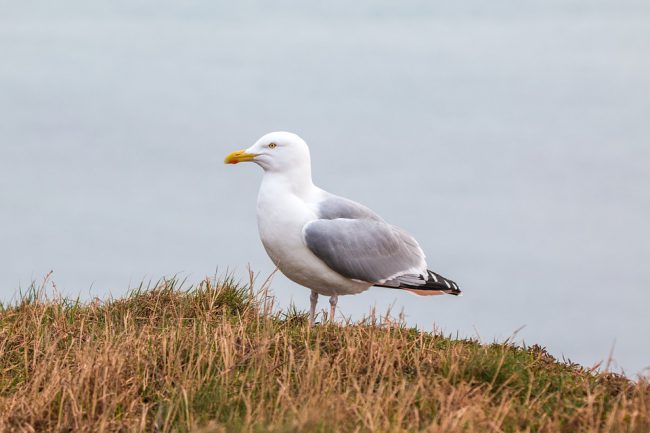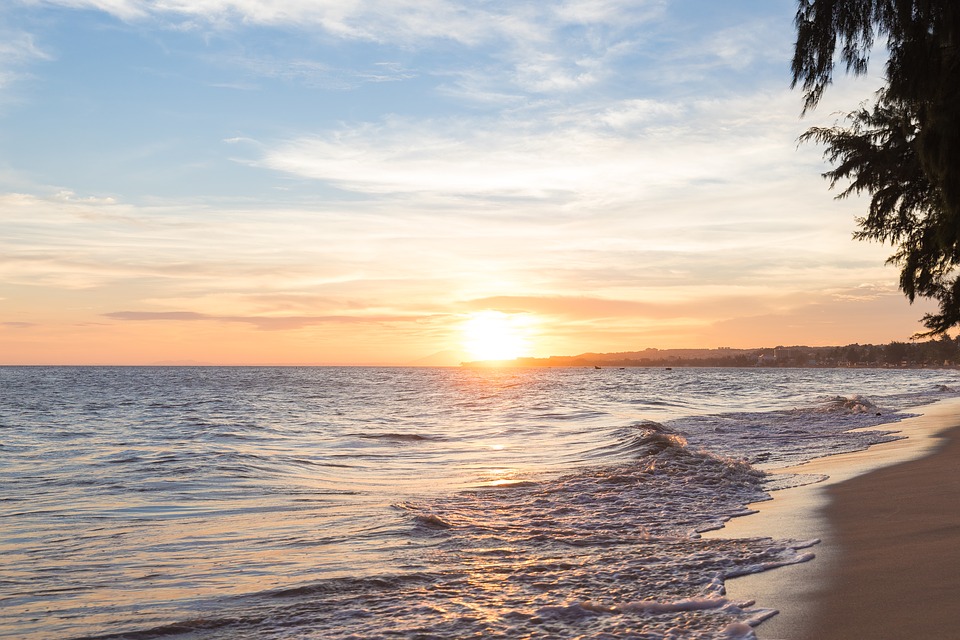Duna Feniglia Nature Reserve
The Duna Feniglia Nature Reserve is a protected area located between Monte Argentario and Orbetello. It is really a bridge connecting the two locations. The Feniglia is in fact a tombolo, or a long strip of sand, which allows the passage from the promontory to the city and vice versa. The area has been protected since 1971 and can only be accessed on foot or by bicycle.
The Feniglia beach is about 6 km long and very wide, with a total area of over 450 hectares. Its formation is due to the natural sea currents that, over the centuries, have deposited sand and debris in the narrow stretch of sea between what was the Argentario island and the continent. The result is a wonderful strip of fine, golden sand. The beach faces, on one side, towards the open sea, and on the other, towards the Orbetello Lagoon. So the environment is based on a very special balance that has as its protagonists the sea, the lagoon and the beach.
The Dune Feniglia is the only piece of land, along with the twin tomb of Giannella, which divides the lagoon from the sea protecting its delicate ecosystem.

Visiting the Duna Feniglia Nature Reserve
The Tombolo della Feniglia is an ideal beach to relax and appreciate the blue sea of the Maremma, it is also the perfect place for outdoor sports. The dune is in fact crossed throughout its length by a dirt road closed to car traffic that is used all year round for running, walking and mountain biking.
Even in the hottest periods the tall pine trees and the wild vegetation of the Feniglia guarantee a pleasant coolness and sufficient shade.
Along the way there are several narrow paths that give access to the beach. It is a beach of fine and golden sand bathed by crystal clear waters and safe for children. It is one of the most popular beaches in Maremma and appreciated by tourists, ideal for sunbathing and relaxing in a pristine natural environment.
The side of the dune overlooking the lagoon is characterized by the presence of numerous huts for the sighting of the birds. In this humid area stop many species of migratory birds. Birdwatchers can see pink flamingos and herons up close. Not infrequently there are also sightings of fallow deer, foxes, badgers and small rodents.



